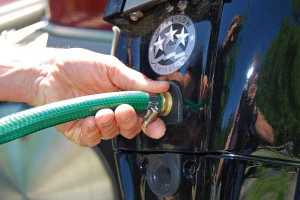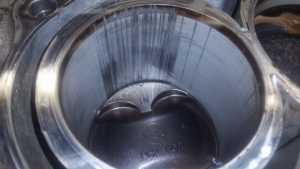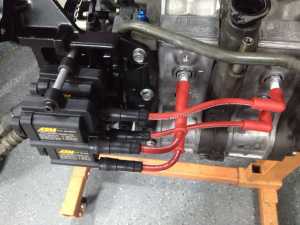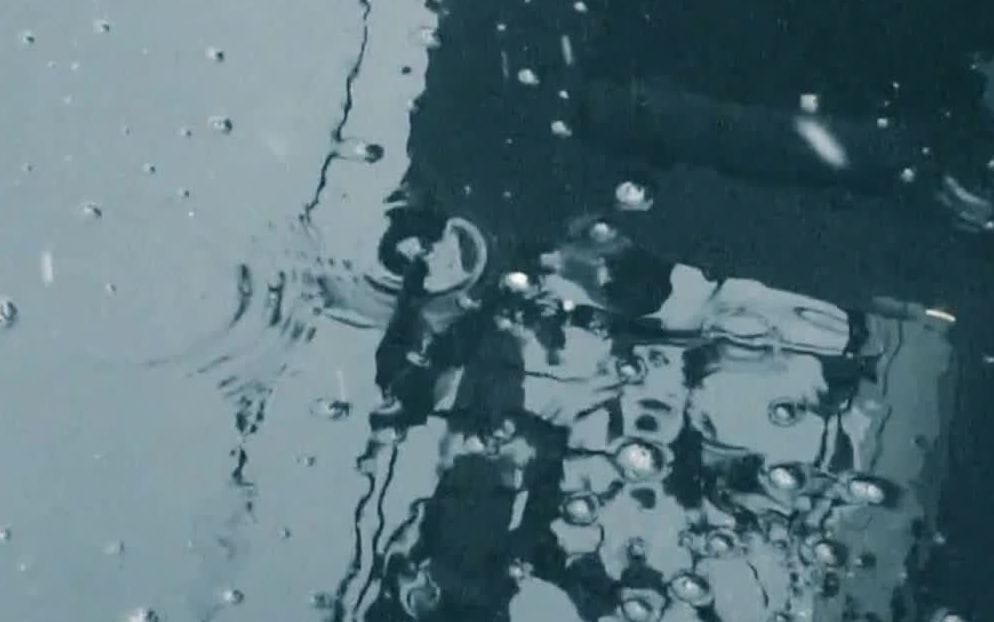Outboard Engine Winterisation
After a season enjoying either sailing, fishing or just power boating, we all want to make sure that our boats are going to be safe though the harsh British winter months.
With temperatures dropping below freezing, extensive damage can occur on the engine which is easily preventable. Im going to take you though the reasons, the damage and the vital steps needed to keep your engine safe from the frost!

I will start taking you though the outboard engine winterisation process and the issues that can occur without doing them.
While outboard engines are pretty easy to drain, the raw water cooling system can still hold pockets of water internally and can cause these pockets to freeze. As water expands when frozen, it can crack the gear case and cause very expensive repairs.
As designed, when the engine is trimmed down, the internal water jackets that cools the motor while running will drain itself, this water will then run down the exhaust system, and will dump out of the lower gearcase and the tell tail.
What I like to do when the engine is still warm from running, and drained out all its water, is run the engine for 2-4 revolutions dry without a cooling hook up. This will allow the exhaust to blow out any pockets of unwanted water build up in the exhaust gearbox outlet. The engine then needs to trimmed in the full down position for the duration of storage.
Though out the summer months, the temperatures can vary from day to day. In any metal or plastic fuel tanks, condensation is going to occur. As the engine runs the fuel/ condensed water though the engine, the piston ring are exposed to oxidisation when the motor is stored. This allows the free flowing compression rings in the piston to become stuck. So when the time comes, when the engine is run again, the damaged rings will badly score the pistons bore, not allowing the combustion chamber to have the compression it needs, a very expensive repair.

To try and prevent this, you will need to get the rings lubed up before storing. There are a couple of ways this can be carried out either though the fuel intake while running, or though removing the spark plugs to allow access to the cylinders. I find going though the spark plugs is a little more work, but more thorough.
I do this by firstly disconnecting any electric fuel pumps or fuel connections on carbed outboards. Then disengaging the lanyard system, this will isolate the ignition system, if needed you can number each HD lead so re-fitting is straight forward.
Remove all plugs and spray quicksilver fogging oil in each cylinder, I tend to spray for about 5 seconds per cylinder.
After this is done, I will turn the motor over to run the rings over the fogging oil for a further 5 seconds. Then refit the spark plugs and HT leads. Job Done.

It is good practice to grease all electrical connections and steering tubes if possible. I use Quicksilver 2-4-c grease with teflon.
Also, Disconnect batteries or isolate, and add a little grease to the bare terminals. Very important to keep those terminals and connections clean and free of corrosion. Most modern engines require very clean electrical current for the engine computer to correctly function. To finish off, I will to coat the power head with a corrosion guard spray.
This will give your engine the best chance of being protected from the winter, keep your mind at rest and ensure you a trouble free season ahead!


